Viridis Dwarf Green Japanese Maple – 5 Gallon Pot
$199.97 Original price was: $199.97.$95.99Current price is: $95.99.
SKU: D2LSC 373356564 Category: JAPANESE MAPLE TREES
- Your needs, our top priority.
- Safe Transactions, Always
- Unbeatable quality, unbeatable prices.
- Quality and Affordability Combined

Viridis Japanese Maple
Acer palmatum var. dissectum ‘Viridis’
Plant Details
USDA Plant Hardiness Zones: 5a-9a Find Your Zone
Height at Maturity: 6-8′
Width at Maturity: 6-8′
Growth Habit / Form: Broad, Mounded, Weeping
Growth Rate: Moderate
Foliage Color in Spring: Light Green
Foliage Color in Summer: Medium Green
Foliage Color in Fall: Golden Tones with hints of Crimson
Light Needs: Morning Sun with Dappled or Afternoon Shade, All Day Filtered Sun, Morning Shade with Evening Sun
Water Needs: Average, moderately drought tolerant when established
Soil Type: Sandy, Loam & Clay (Condition heavy clay soils when planting)
Drainage: Well drained soil is a must!
Soil pH: 5.0 – 7.0 is ideal
Maintenance: Low
Resistances: Deer, Heat Tolerant, Insect Resistant, Sun Tolerant, Disease
Description
Viridis is a beautiful green lace leaf Japanese Maple with a mounding form and graceful cascading branches. The branches are covered with finely dissected leaves that emerge a fluorescent green in spring maturing to light green in summer and then bright shades of orange, red and yellow in fall. At 6 to 8 feet tall and wide, Viridis makes for a stunning focal point specimen in the landscape or potted patio tree.
Landscape & Garden Uses
To showcase its magnificence and beauty, the Viridis Japanese Maple is best used in the landscape as a focal point specimen to draw attention to a specific area of the home or landscape. That said, Japanese Maples are often used to accentuate entryways by planting one on both sides of an entrance, or spaced widely in small clusters of three. An ideal selection for landscape beds or in containers.
Suggested Spacing: 10 feet apart for space between plants
Container culture can extend the useful range of Japanese Maples. They are extremely easy to grow in containers, a practice taken to its most extreme form in the art of bonsai. Click on the link below under Helpful Articles for Japanese Maple container planting instructions.
Note: One Japanese Maple can make a landscape…that is, if you don’t overcrowd it with other trees and plants. Therefore, when choosing companions to plant under or around your Japanese Maple, make sure to select low-growing shrubs or groundcovers that won’t interfere at all with your tree.
Note: For our customers who live and garden north of USDA Plant Hardiness Zone 5a, where this Japanese Maple is not winter hardy, you’ll be happy to know it can be grown in containers that can be brought indoors during winter and placed back outside when temperatures warm up in spring.
Growing Preferences
Though delicate looking, Japanese Maples are actually very tough and long-lived trees. They are very easy to grow. Container culture can extend their useful range. They are extremely easy to grow in containers, a practice taken to its most extreme form in the art of bonsai.
In their natural habitat, Japanese Maples are understory trees, growing in dappled forest sunlight at the edges of woodlands. Ideally they prefer to be grown in similar conditions. That said, you can find a complete listing of our sun-tolerant Japanese Maple varieties here, of which Viridis is one that can tolerate quite a bit of sun.
Most any average garden soil will grow Japanese Maples. They prefer a moist but well-drained soil rich in organic matter. As with so many other ornamental plants and trees, constantly soggy or wet soil can be problematic. So make sure to plant your Japanese Maple in a well-drained site.
Helpful Articles
Click on a link below to find helpful advice from our experts on how to plant and care for Japanese Maple trees.
How To Plant A Japanese Maple Tree In The Ground
How to Plant A Japanese Maple Tree In A Pot
How To Fertilize And Water A Japanese Maple Tree
How To Prune A Japanese Maple
Plant Long & Prosper!
Meet The Wilson Brothers & Staff
Questions? Contact Us!
Be the first to review “Viridis Dwarf Green Japanese Maple – 5 Gallon Pot” Cancel reply
Related products
Sale!
JAPANESE MAPLE TREES
Sale!
JAPANESE MAPLE TREES
Sale!
JAPANESE MAPLE TREES
Sale!
JAPANESE MAPLE TREES
Sale!
JAPANESE MAPLE TREES
Sale!
JAPANESE MAPLE TREES
Sale!
JAPANESE MAPLE TREES
Sale!
JAPANESE MAPLE TREES


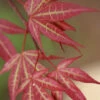
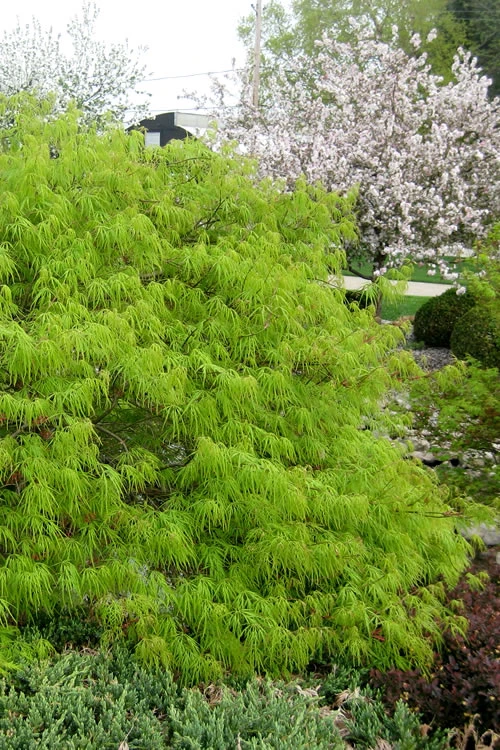
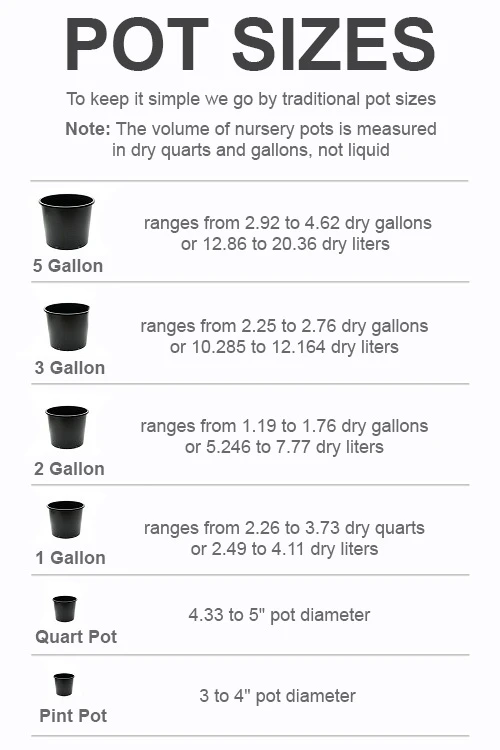



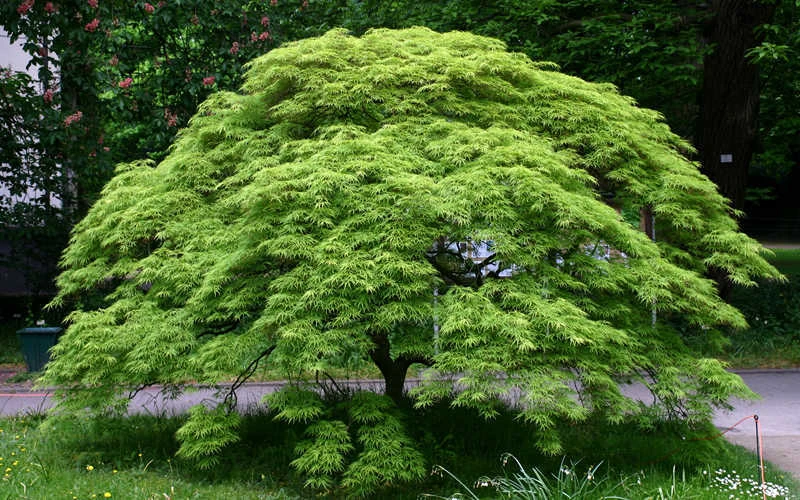


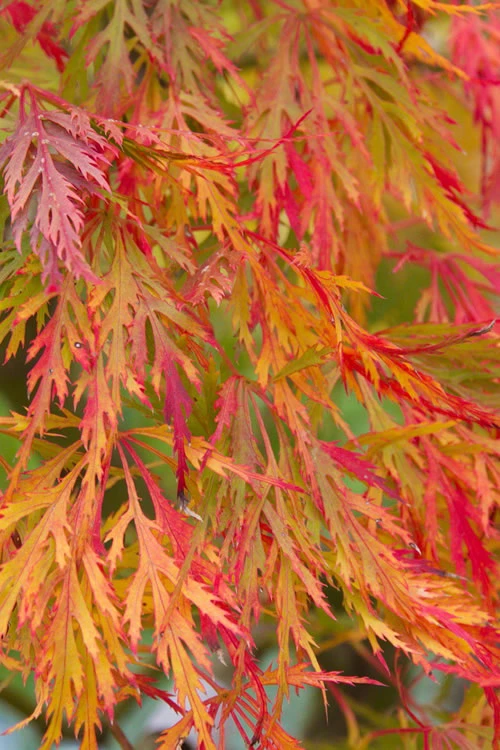

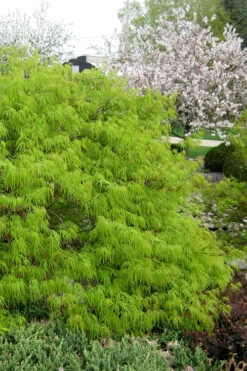
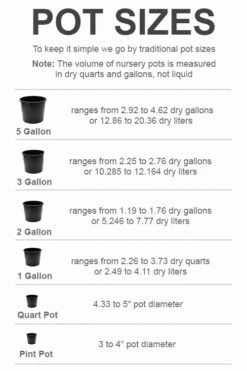
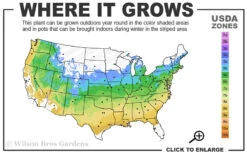


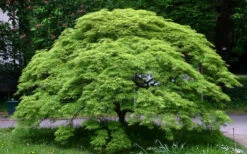
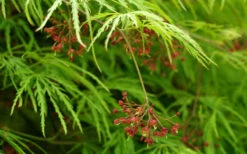
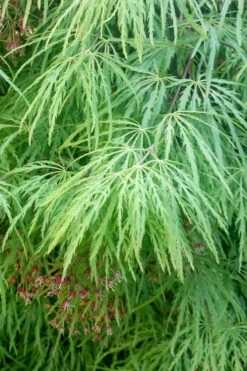
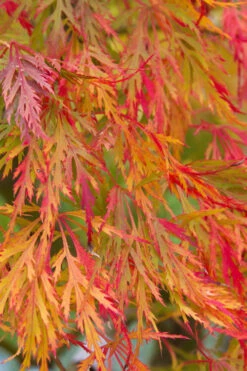



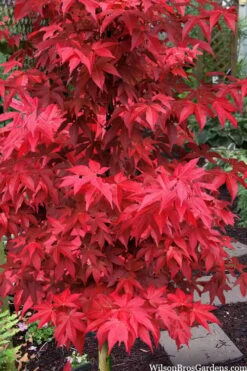



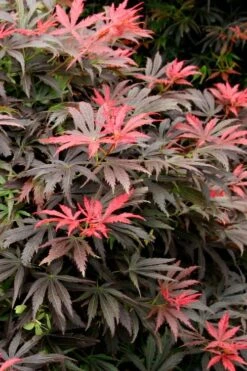
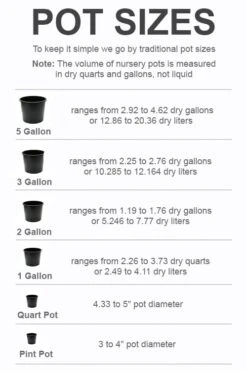
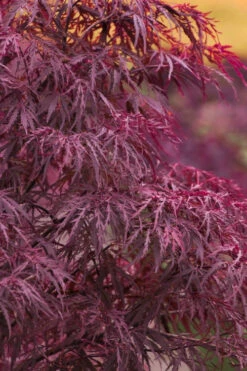
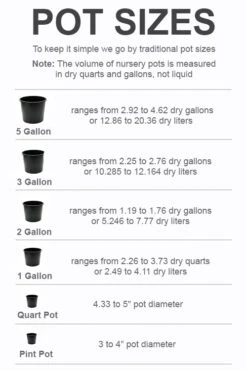
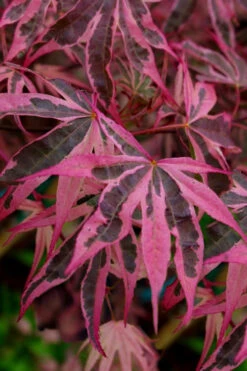





Reviews
There are no reviews yet.